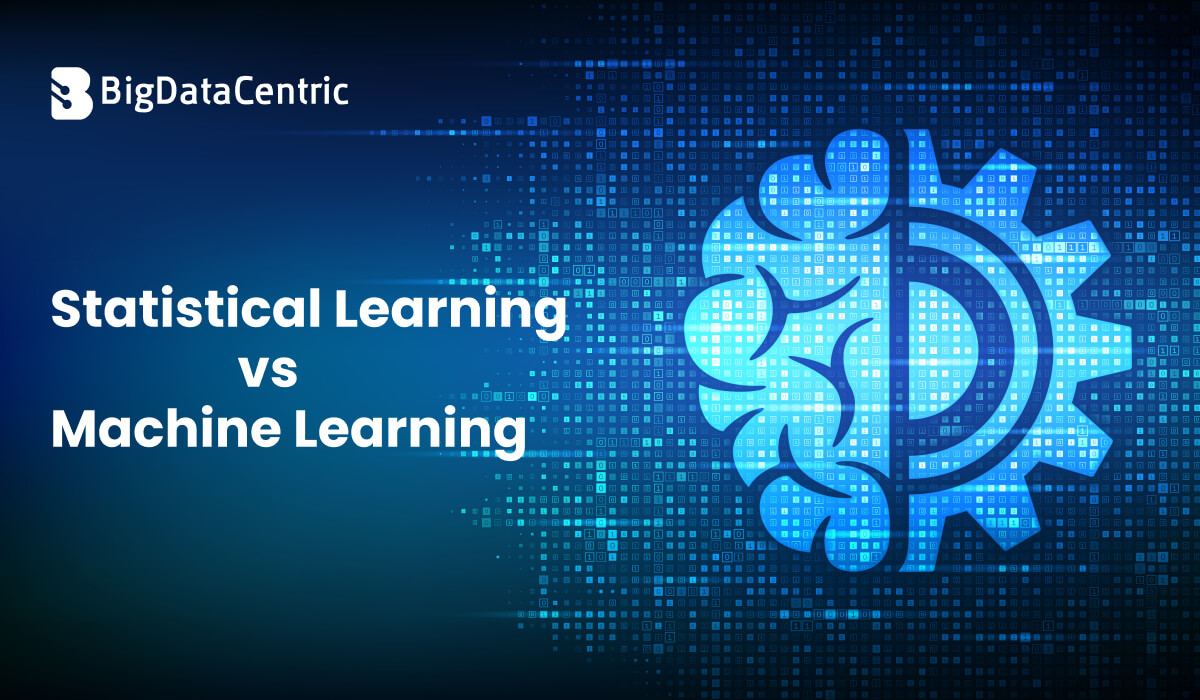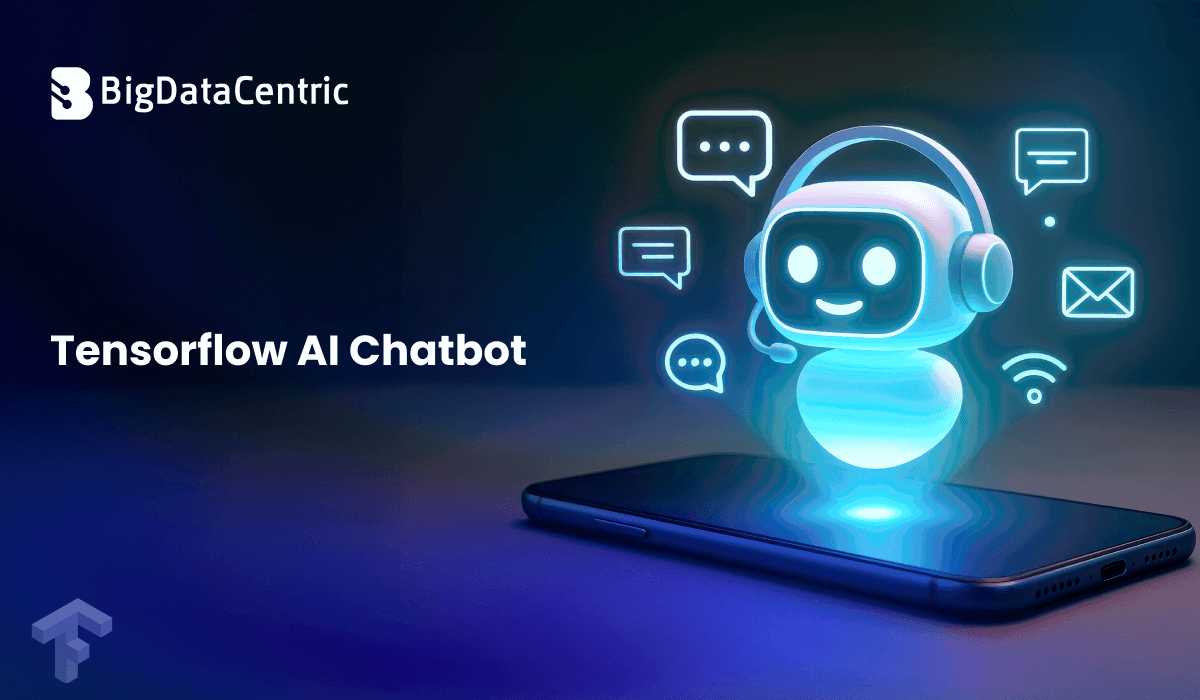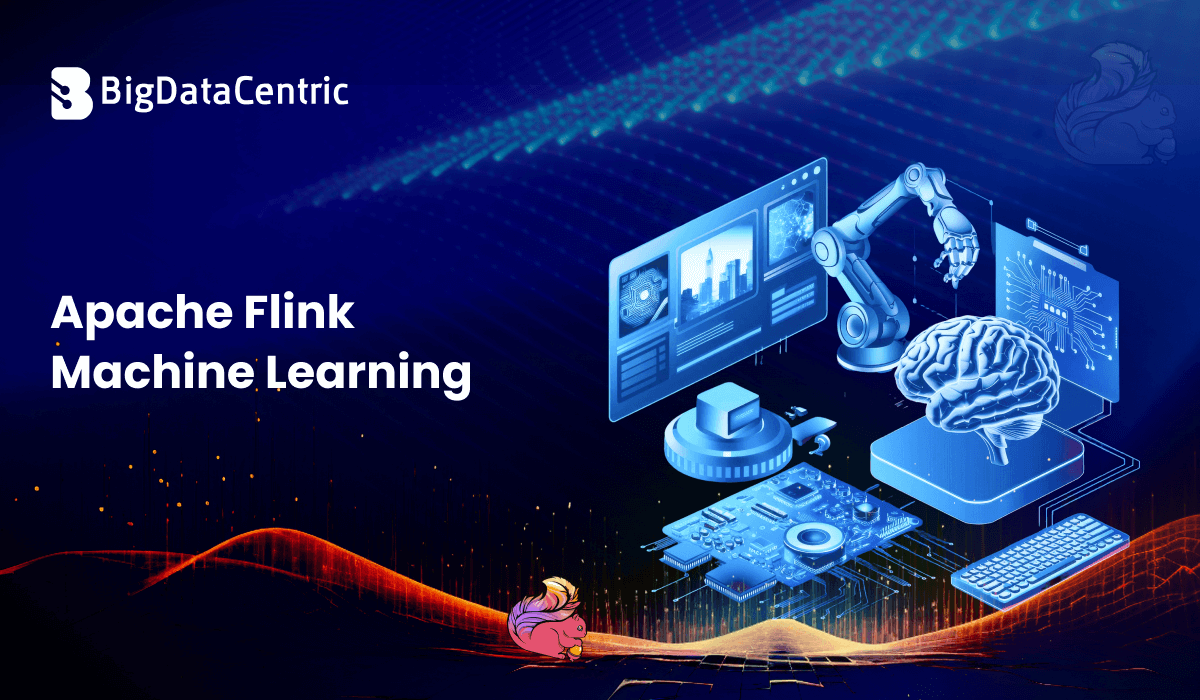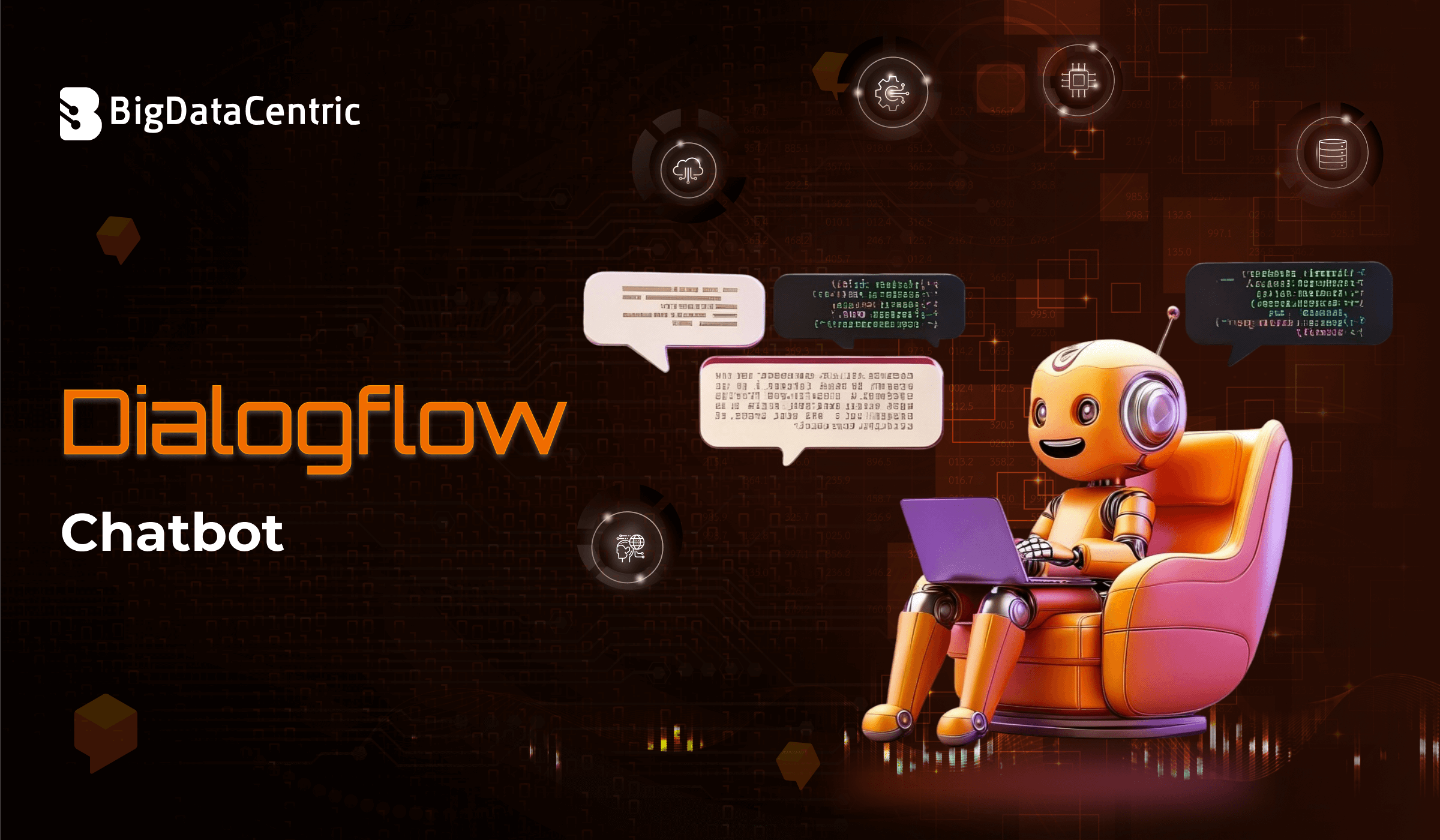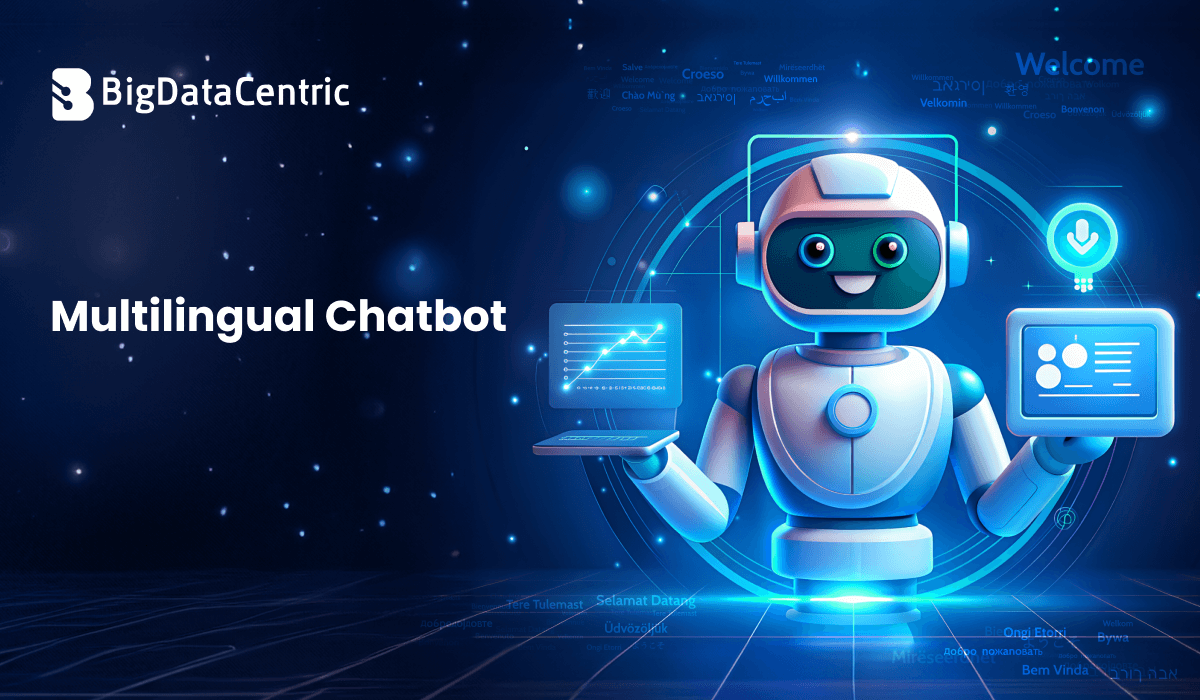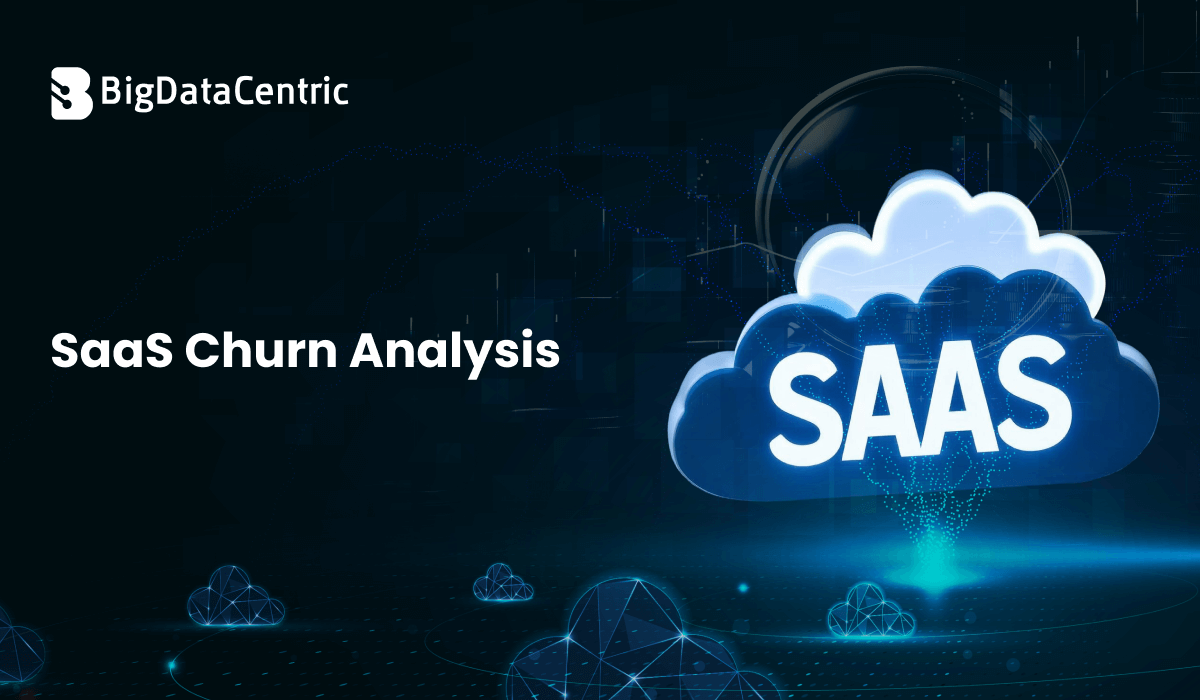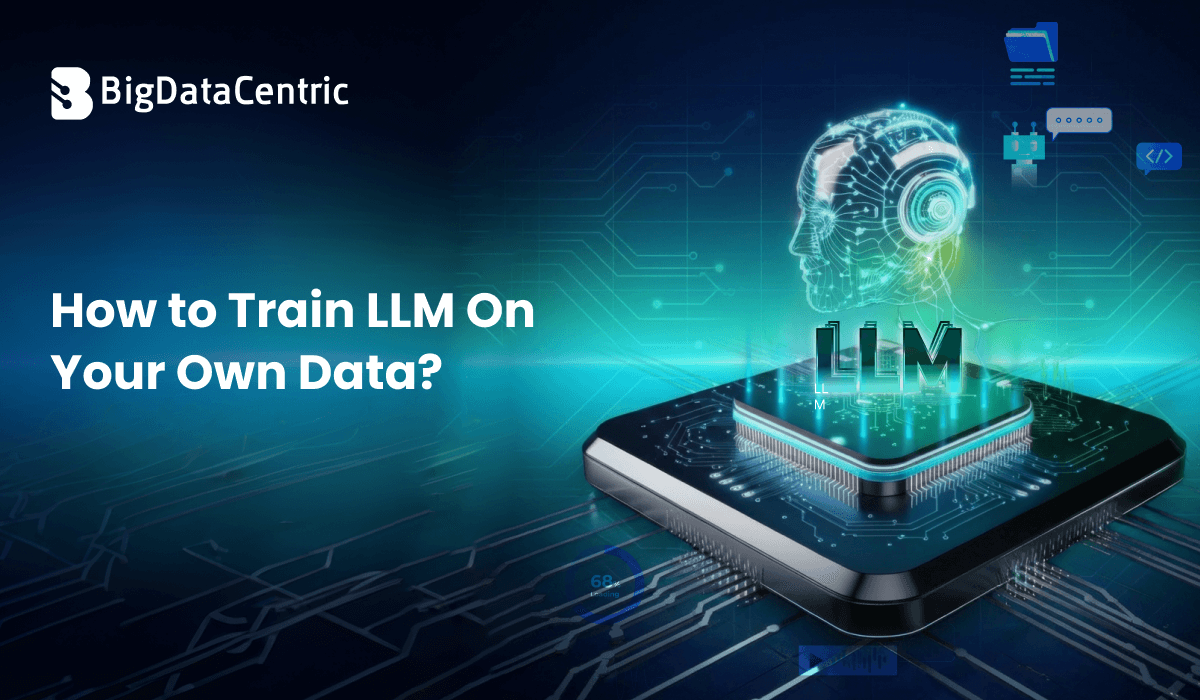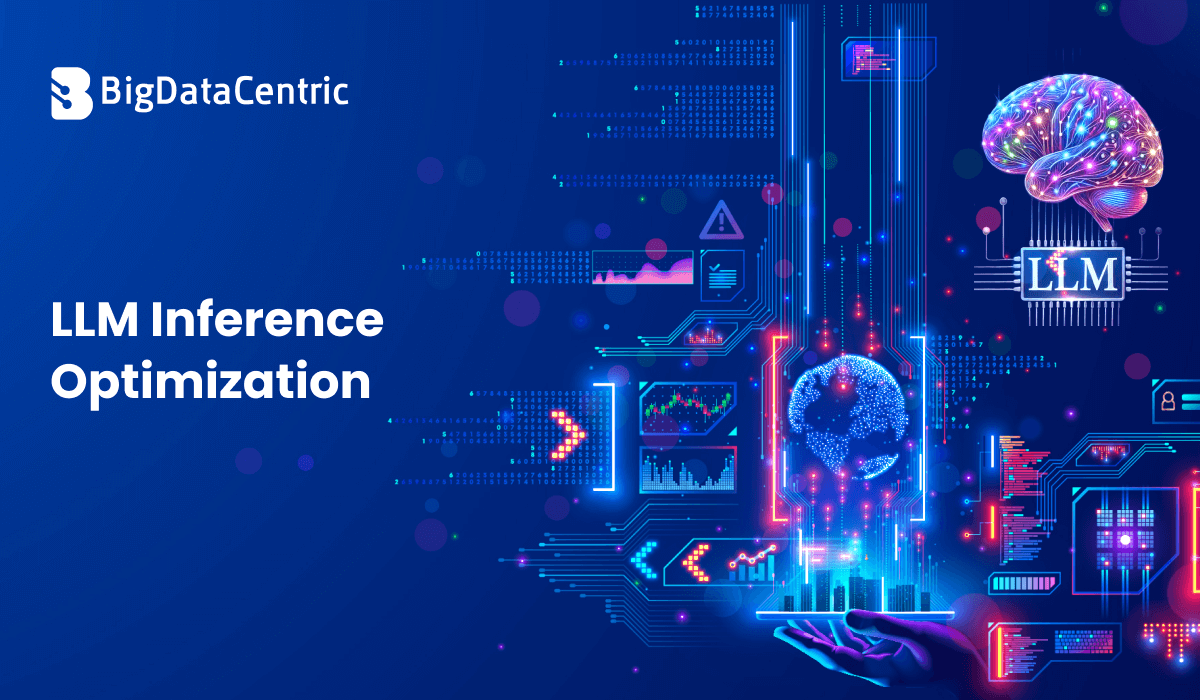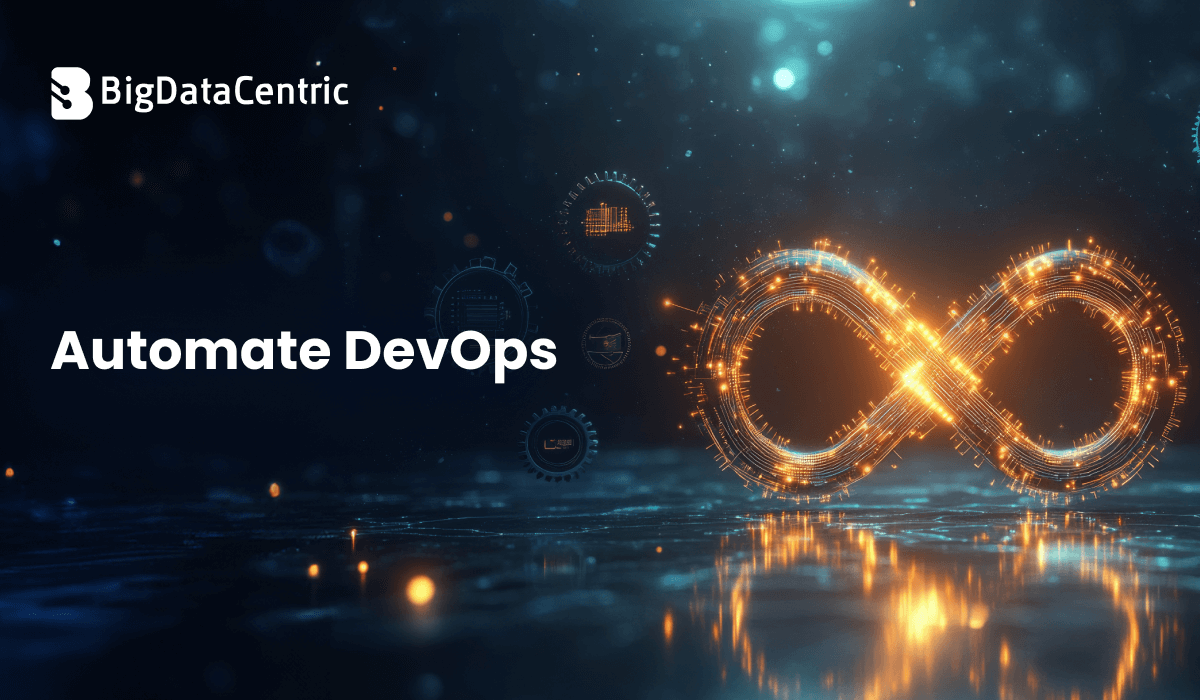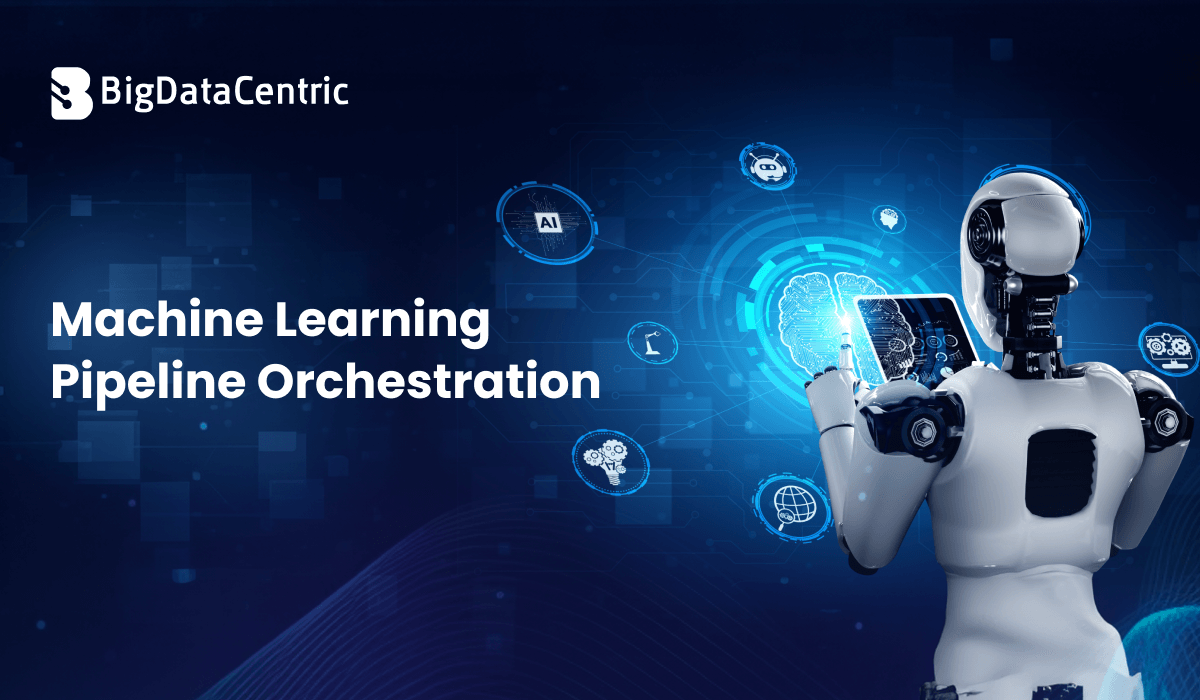Get in Touch With Us
Submitting the form below will ensure a prompt response from us.
In the world of data science, two dominant paradigms for analyzing data and building predictive models are Statistical Learning and Machine Learning. While they often overlap, their goals, assumptions, and methodologies are distinct.
In this guide, we break down what each entails, how they differ, and when to use them based on your use case.
What Is Statistical Learning?
Statistical learning is a subfield of statistics that focuses on understanding the relationship between input variables (X) and an outcome (Y). It’s often grounded in theory, interpretability, and assumptions.
Common statistical learning methods include:
- Linear Regression
- Logistic Regression
- Generalized Additive Models (GAMs)
- Ridge/Lasso Regression
These models rely on well-defined assumptions (e.g., normality, independence, homoscedasticity) and aim for interpretability over complexity.
Example: Linear Regression in R
R
model <- lm(y ~ x1 + x2, data = dataset)
summary(model)
What Is Machine Learning?
Machine learning is a broader term that emphasizes predictive accuracy over interpretability. It includes a wider range of algorithmic models that may or may not be based on statistical theory.
Popular ML algorithms:
- Decision Trees
- Random Forests
- Support Vector Machines
- Neural Networks
- Gradient Boosting Machines (e.g., XGBoost, LightGBM)
ML models often make fewer assumptions about the underlying data and excel at learning complex, nonlinear relationships.
Example: Random Forest in Python
python
from sklearn.ensemble import RandomForestClassifier
model = RandomForestClassifier(n_estimators=100)
model.fit(X_train, y_train)
predictions = model.predict(X_test)
Core Differences Between Statistical Learning Vs Machine Learning
| Feature | Statistical Learning | Machine Learning |
|---|---|---|
| Goal | Inference & explanation | Prediction & generalization |
| Assumptions | Strong (linearity, normality) | Minimal or none |
| Model Interpretability | High | Often low (black-box) |
| Complexity | Lower | Can handle high-dimensional data |
| Flexibility | Moderate | Very high |
| Typical Use Cases | Econometrics, medical studies | Image, speech, NLP, recommender systems |
Use Case Example: Predicting House Prices
Statistical Learning Approach
Model: Linear regression
Interpretation: Easy to explain how square footage or number of bedrooms affects price
Assumptions: Multicollinearity and residuals are normally distributed
R
lm(price ~ sqft + bedrooms + location, data = house_data)
Machine Learning Approach
Model: Gradient Boosting Machine
Interpretation: Harder to interpret, but often higher predictive power
Flexibility: Handles non-linear interactions, missing data, and more
python
import xgboost as xgb
model = xgb.XGBRegressor()
model.fit(X_train, y_train)
When to Use Statistical Learning
Choose statistical learning when:
- You need clear insights into how variables influence outcomes
- Your data meets underlying statistical assumptions
- You’re working in regulated industries (e.g., finance, healthcare)
- Sample size is small or moderate
When to Use Machine Learning
Choose machine learning when:
- You prioritize prediction accuracy over interpretability
- Data is large and complex
- Relationships are nonlinear or hard to model
- You can allocate compute for training large models
Hybrid Approaches
Many data science workflows use both paradigms together:
- Start with a statistical model for exploration and insight
- Move to machine learning for final deployment and performance
- Use explainable ML tools like SHAP or LIME for transparency
Need Help Choosing Between Stats and ML?
Our experts help businesses apply the right modeling approach—statistical or machine learning—based on your goals.
Conclusion
Statistical learning vs machine learning isn’t about which one is better—it’s about choosing the right tool for the job. Statistical methods offer simplicity, transparency, and strong theoretical grounding, while machine learning brings raw predictive power and adaptability.
Successful data-driven teams often use both approaches depending on the problem, the data, and the business context.



